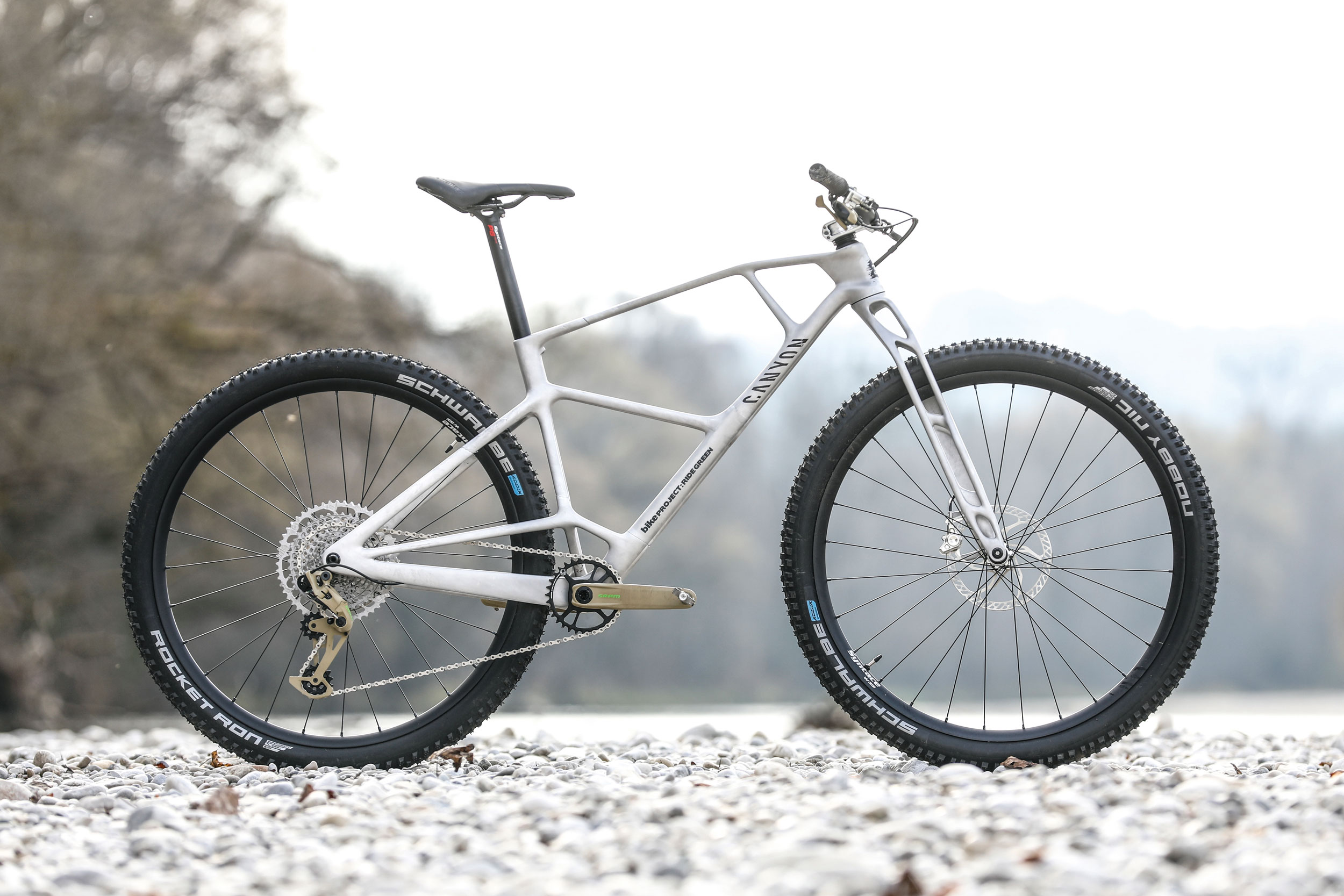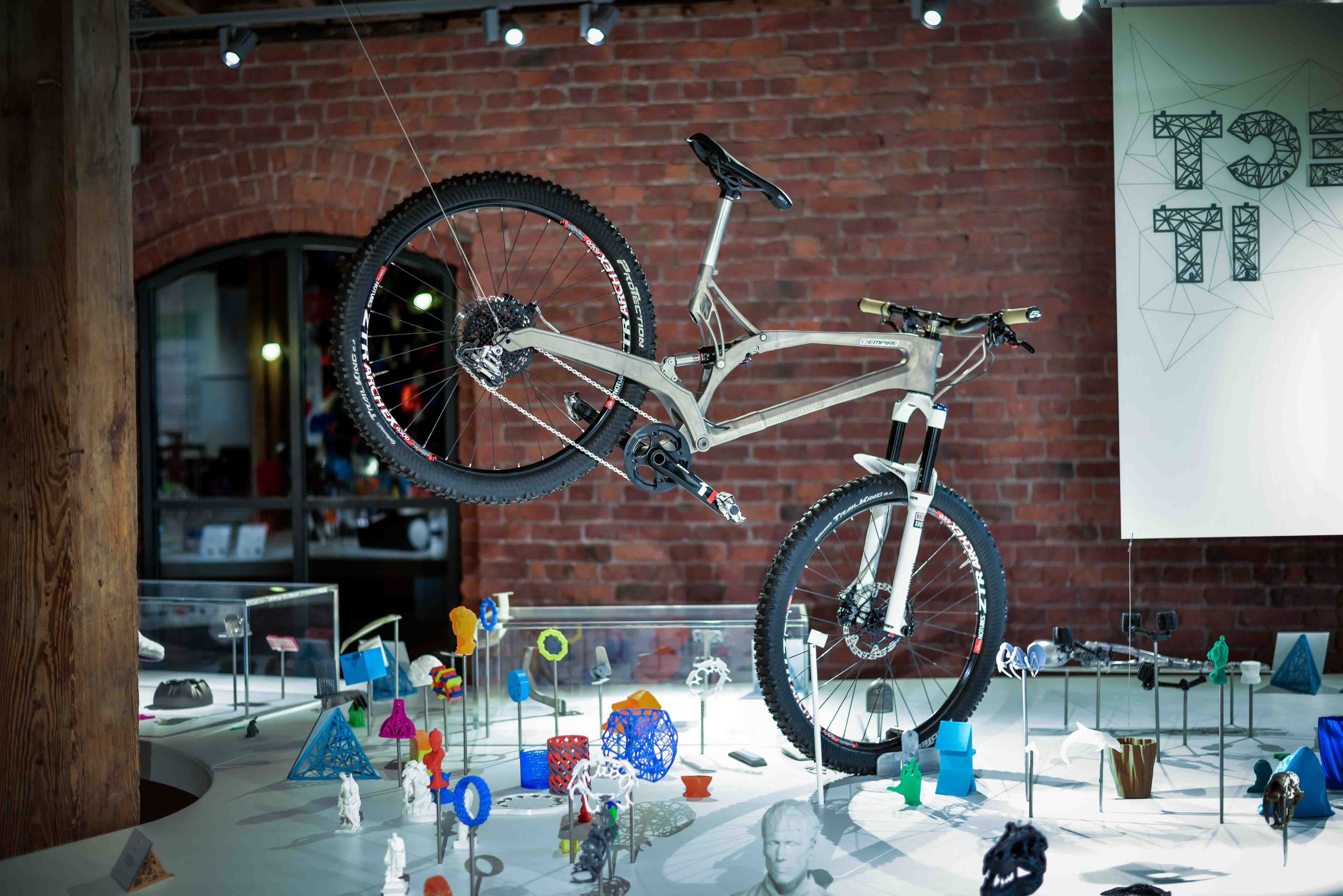Revolutionizing Transportation: Exploring The World Of Bike 3D Print
Listen up, folks! The future of biking is here, and it's all about bike 3d print technology. Imagine creating your dream bike in your garage with just a click of a button. Sounds like sci-fi? Not anymore! This groundbreaking innovation is transforming the way we think about cycling and manufacturing. Let’s dive in and explore how bike 3d print is shaping the future of transportation.
Now, let me paint you a picture. You’ve always wanted that perfect custom bike, but the price tag was out of this world. Traditional manufacturing methods often come with hefty costs and long wait times. But with bike 3d print, you can cut through all that hassle. It’s like having a personal bike factory at your fingertips.
Whether you're a cycling enthusiast, an environmental advocate, or just someone looking for a more sustainable way to get around, bike 3d print has something for everyone. So, buckle up, because we’re about to take a deep dive into this fascinating world!
- Brezel Berlin The Ultimate Guide To Germanys Beloved Snack
- Luna Ms The Rising Star In The Music Industry
Table of Contents
- Why Markus Grein Catering Is The Ultimate Choice For Your Special Events
- Wanderurlaub Mallorca Lidl Your Ultimate Guide To Affordable Luxury
Materials Used in Bike 3D Print
What is Bike 3D Print?
Alright, let’s get down to business. Bike 3d print refers to the process of creating bike parts or even entire bikes using 3D printing technology. This is not your grandma’s manufacturing process. Instead of traditional methods like welding or forging, bike 3d print uses layers of material to build up a bike part or frame one slice at a time. It’s kinda like building a sandcastle, except way cooler and more precise.
And guess what? This technology allows for endless customization. Want a bike frame that matches your favorite color? Done. Need a specific geometry that fits your riding style? No problem. Bike 3d print opens up a world of possibilities for cyclists everywhere.
Why is Bike 3D Print Important?
Here’s the deal: bike 3d print isn’t just about making bikes. It’s about revolutionizing the way we think about production, sustainability, and personalization. Traditional manufacturing methods can be wasteful and inefficient. But with 3D printing, you only use the exact amount of material you need, reducing waste and saving resources.
The Benefits of Bike 3D Print
So, what’s in it for you? Let’s break it down:
- Customization: Create a bike that fits your unique needs and style.
- Speed: Get your bike parts faster than ever before.
- Cost-Effective: Save money by avoiding expensive molds and tooling.
- Lightweight: 3D printed bikes can be lighter, making them perfect for racing or long-distance rides.
These benefits make bike 3d print a game-changer for both casual riders and professional cyclists alike.
Biography of a Bike 3D Print
Let’s take a moment to meet our star player – the bike 3d print. Here’s a quick look at its life story:
| Category | Details |
|---|---|
| Origin | Emerging from advancements in 3D printing technology. |
| First Appearance | Early 2010s, with the first 3D printed bike frames hitting the market. |
| Key Innovators | Companies like Arevo and MX3D leading the charge. |
| Current Status | Rapidly gaining popularity in the cycling community. |
How Does It Work?
Alright, let’s geek out for a second. The process of bike 3d print starts with a digital design. This design is then sent to a 3D printer, which builds the bike part layer by layer. The printer uses various materials, depending on the desired properties of the bike. It’s like baking a cake, but instead of flour and sugar, you’ve got metal powders or plastic filaments.
And here’s the kicker – the entire process can be done in-house. No more waiting for parts to ship from across the globe. You can print them right in your own garage. Pretty cool, huh?
Step-by-Step Process
Let’s break it down further:
- Design: Create a digital blueprint of your bike.
- Material Selection: Choose the right material for your needs.
- Printing: Watch as your bike takes shape layer by layer.
- Post-Processing: Finish off with some sanding and polishing.
Materials Used in Bike 3D Print
Now, let’s talk about the stuff that makes bike 3d print possible. The materials used can vary widely, depending on the desired properties of the bike. Some common options include:
- Titanium: Super strong and lightweight, perfect for high-performance bikes.
- Carbon Fiber: Offers excellent strength-to-weight ratio.
- Plastic: Great for prototypes or budget-friendly bikes.
Each material has its own set of advantages and disadvantages, so it’s important to choose wisely based on your specific needs.
Cost Efficiency
Here’s the part everyone wants to know about – how much does it cost? Well, the beauty of bike 3d print is that it can actually save you money in the long run. Sure, the initial investment in a 3D printer might be a bit steep, but once you’ve got it set up, the costs of producing bike parts can be significantly lower than traditional methods.
Plus, you avoid the hassle and expense of shipping parts from overseas. Imagine being able to print a replacement part in just a few hours instead of waiting weeks for it to arrive. That’s what I call cost-efficient!
Environmental Impact
Let’s not forget about the planet. Bike 3d print has the potential to be a much more sustainable option than traditional manufacturing. By using only the exact amount of material needed, it reduces waste significantly. And with the ability to print locally, it also cuts down on carbon emissions from shipping.
So, not only are you getting a sweet new bike, but you’re also doing your part to help the environment. Win-win, right?
Innovative Designs
Alright, let’s talk about the fun stuff – designs! With bike 3d print, the sky’s the limit when it comes to creativity. You can create shapes and structures that would be impossible with traditional manufacturing methods. Want a bike frame that looks like a dragon? Go for it. Need a handlebar that’s shaped like a wave? No problem.
And let’s not forget about functionality. 3D printing allows for complex internal structures that can improve the performance of your bike. It’s like having a superpower for design.
Challenges and Solutions
Of course, no technology is without its challenges. Some common obstacles in bike 3d print include:
- Cost of Equipment: High initial investment in 3D printers.
- Material Limitations: Not all materials are suitable for 3D printing.
- Post-Processing: Requires additional steps to finish the product.
But fear not! As the technology continues to evolve, these challenges are being addressed. Prices are dropping, new materials are being developed, and post-processing techniques are improving. It’s just a matter of time before bike 3d print becomes even more accessible to everyone.
The Future of Bike 3D Print
So, where do we go from here? The future of bike 3d print looks bright. As the technology becomes more advanced and affordable, we can expect to see more and more people adopting it. Imagine a world where everyone can create their own custom bikes at home. It’s not that far-fetched.
And let’s not forget about the potential for collaboration. With 3D printing, designers and engineers from all over the world can work together to create the next big thing in cycling. The possibilities are endless!
What’s Next?
Keep your eyes peeled for the latest developments in bike 3d print. Who knows? Maybe one day you’ll be riding a bike that was printed in your own backyard. Wouldn’t that be something?
Conclusion
There you have it, folks. Bike 3d print is not just a trend; it’s a revolution. From customization and cost-efficiency to sustainability and innovation, it offers so much to the cycling world. So, if you’re ready to take your biking experience to the next level, why not give bike 3d print a try?
And hey, don’t forget to leave a comment or share this article with your cycling buddies. The more people know about bike 3d print, the better. Who knows? Maybe together we can change the world, one bike at a time!



Detail Author:
- Name : Layne Jacobson MD
- Username : robel.moises
- Email : ppollich@effertz.biz
- Birthdate : 1993-04-29
- Address : 331 Russel Crossing East Carolinashire, WV 92328-1521
- Phone : 678.368.0748
- Company : Barrows Inc
- Job : Electrical Parts Reconditioner
- Bio : Dolorum excepturi est pariatur qui consectetur labore. Accusantium molestias culpa qui molestiae rem. Nam ipsam nostrum consequatur. Ut voluptas ipsum eligendi aut vel eos.
Socials
linkedin:
- url : https://linkedin.com/in/jerdman
- username : jerdman
- bio : Explicabo deleniti distinctio est quo nesciunt.
- followers : 3437
- following : 83
twitter:
- url : https://twitter.com/jedediah.erdman
- username : jedediah.erdman
- bio : Quae aut cumque rerum hic corporis et tempora. Quia et in sed minima eligendi sapiente. Expedita natus amet aut est repudiandae delectus ipsum autem.
- followers : 1216
- following : 460